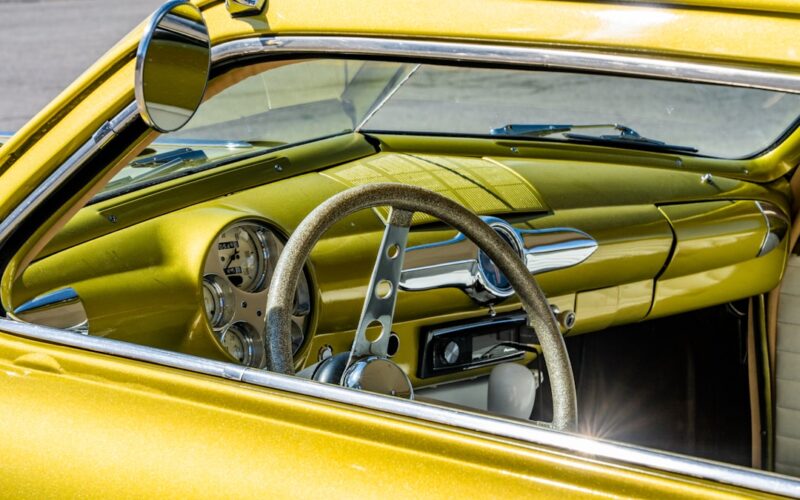It’s no secret that Tesla’s Model S helped kick off the era of giant touchscreens inside our cars, setting a trend that most major automakers have followed. Today, it seems like every new vehicle rolls off the lot with a sleek digital display at its heart—controlling everything from climate settings and navigation to your favorite playlist. But while these high-tech interfaces look futuristic, they may be costing us more than we think in terms of road safety.
According to a 2020 analysis by the Transport Research Laboratory in Britain, using in-car touchscreens can actually slow a driver’s reaction time more than being above the legal alcohol limit. That’s a statistic that should make anyone pause before tapping through menus at 70 mph. Safety organizations are taking notice. Starting January 2025, Euro NCAP—the group behind Europe’s influential car safety ratings—will require that certain critical controls (think indicators and windscreen wipers) must be operated by physical switches rather than just touchscreens if a new car wants to earn the coveted five-star rating.
Physical Buttons Make a Comeback
Euro NCAP’s guidelines aren’t law, but they carry real weight in the industry. Carmakers rely on those star ratings as a major selling point. So this new requirement is likely to trigger a shift away from the “all-touchscreen” approach, especially for essential functions.
Why the backlash against touchscreens? The answer goes beyond just safety stats. Many drivers find them fiddly and irritating to use—especially while on the move. Unlike physical buttons or dials, which you can learn to operate by feel without taking your eyes off the road, touchscreens require you to look down and hunt for virtual controls. There’s no tactile feedback, making it far easier to get distracted.
Safety and Satisfaction Over Slickness
If it’s considered dangerous—and illegal in many countries—to use your phone while driving, why should poking at your car’s screen be any different? The push for more physical switches could not only nudge accident rates down but also make driving less frustrating for millions.
As automakers review their cabin designs in light of Euro NCAP’s updated rules, don’t be surprised if old-fashioned knobs and buttons start making a comeback. Sometimes, progress means knowing when to hit the brakes—and maybe even the right switch.










